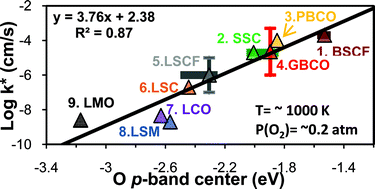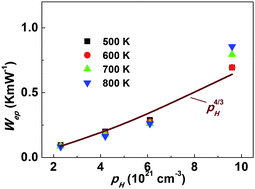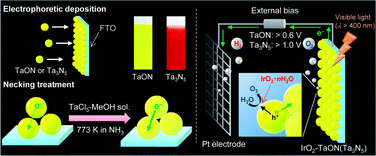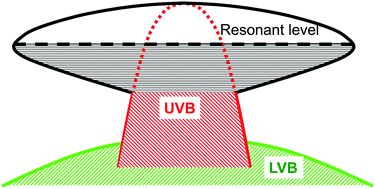The Fall ACS meeting in Denver, USA is all about air, space and water – with a strong emphasis on alternative energy.
I saw two great talks this afternoon by EES Advisory Board member Dirk Guldi and Francisco Zaera about just that; artificial photosynthesis and TiO2 catalysis to be more precise!
The Carbon leaves: Artificial photosynthesis based on low dimensional carbons
Dirk M. Guldi
Yolk@Shell nanoarchitecture for Au/TiO2 catalysts
Ilkeun Lee, Ji Bong Joo, Yadong Yin, Francisco Zaera
Browse the EES themed issue on carbon nanostructures for energy published earlier this year which was Guest edited by Dirk Guldi: Carbon nanostructures
Professor Zaera discussed his research on TiO2 catalysts and highlighted his PCCP Perspective review article on nanostructured heterogeneous catalysts:
New nanostructured heterogeneous catalysts with increased selectivity and stability
Ilkeun Lee, Manuel A. Albiter, Qiao Zhang, Jianping Ge, Yadong Yin and Francisco Zaera
DOI: 10.1039/C0CP01688H
This review was featured in the 2011 PCCP themed issue on Controlled nanostructures for applications in catalysis – take a look today!














 In order to carry out water splitting using solar energy, the materials used should absorb visible light
In order to carry out water splitting using solar energy, the materials used should absorb visible light 